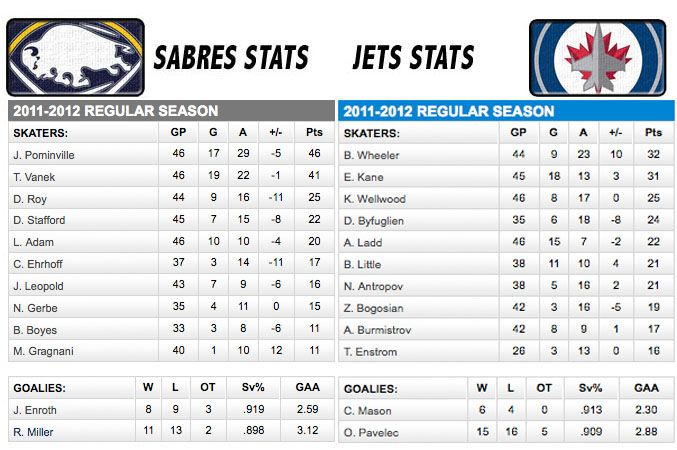Breaking things up for the Burning River Book Club this month, rather than looking at history, advanced stats or even fiction, we’ve got a how to book from a ghost of the Indians past, Leo Mazzone. The book is entitled Pitch Like a Pro and was written by both Mazzone and Jim Rosenthal and brings possibly the best pitching coach in baseball history’s formula to create a successful pitcher to the masses.
To start, coaching in baseball generally provides an unknown value to a team. Coaches are easy to blame when things go wrong and easier to fire than players, so generally, all we see is the negative side while those who do a good job quietly stay under the RADAR. Mazzone was one of few who were recognized for their accomplishments and deservedly so. Mazzone was the Atlanta Braves pitching coach from 1990 through 2005 and, while he did benefit from the incredible careers of Greg Maddux, John Smoltz and Tom Glavine, he managed to turn around nearly every single pitcher who came into the Braves system, starter or reliever, a fact that was demonstrated in another Burning River Book Club entry, The Baseball Economist by J.C. Bradbury.
With his credentials established, if there was ever a man to teach young baseball players how to pitch, it is Mazzone. Much more than the pitchers themselves, the pitching coach knows what the pitcher has to do to perform and what they are doing wrong. That every team in the league doesn’t run their pitching staff in the manor outlined by Mazzone in this book is truly confounding.
The book is split to seven chapters, but the most important as far as the basics of pitching are concerned are the first four and #6. Chapter five is about fielding, important, but not necessarily something that a pitcher needs to learn from Mazzone and the final chapter contains Mazzone’s opinions on a few subjects.
The most useful of these chapters are the first and fourth which focus on conditioning. The first is more about how to throw and how often to throw while the latter focuses on keeping in shape beyond throwing. The fact that Mazzone’s staff rarely dealt with injuries and never had issues pitching at a top level all season long show that his program works. It does differ from most as he doesn’t baby pitchers, but prefers them to pitch as often as possible. This is more along the line of thought of the old school players, who despise pitch counts and pitched as long as is necessary and it establishes pitchers who don’t hit their limits at 100 pitches, but closer to 115. This allows a pitcher to throw effectively for about one more inning rather than limping to the end of his outing.
While the throwing program is useful for understanding what Major League pitchers do and how they prepare for a typical start or relief appearance, the physical conditioning section is more useful for those currently playing baseball on a regular basis. This book might not be in vogue for the highschool pitcher who prefers in person and online instruction (not that there’s anything wrong with that), but there is still valuable information to be gleaned.
The section on strategies is also helpful for those trying to understand the game better (either playing or watching) while the one on mechanics is more for those currently playing. Essentially, the entire book is for the active player, but there is still much to learn about pitching at the Major League level for anyone.
This is a quick read and a little old at this point (1999), but has pictures for most of the exercises and pitch grips and should be a useful resource for anyone learning to pitch or watch other people pitch.
Add The Sports Daily to your Google News Feed!

